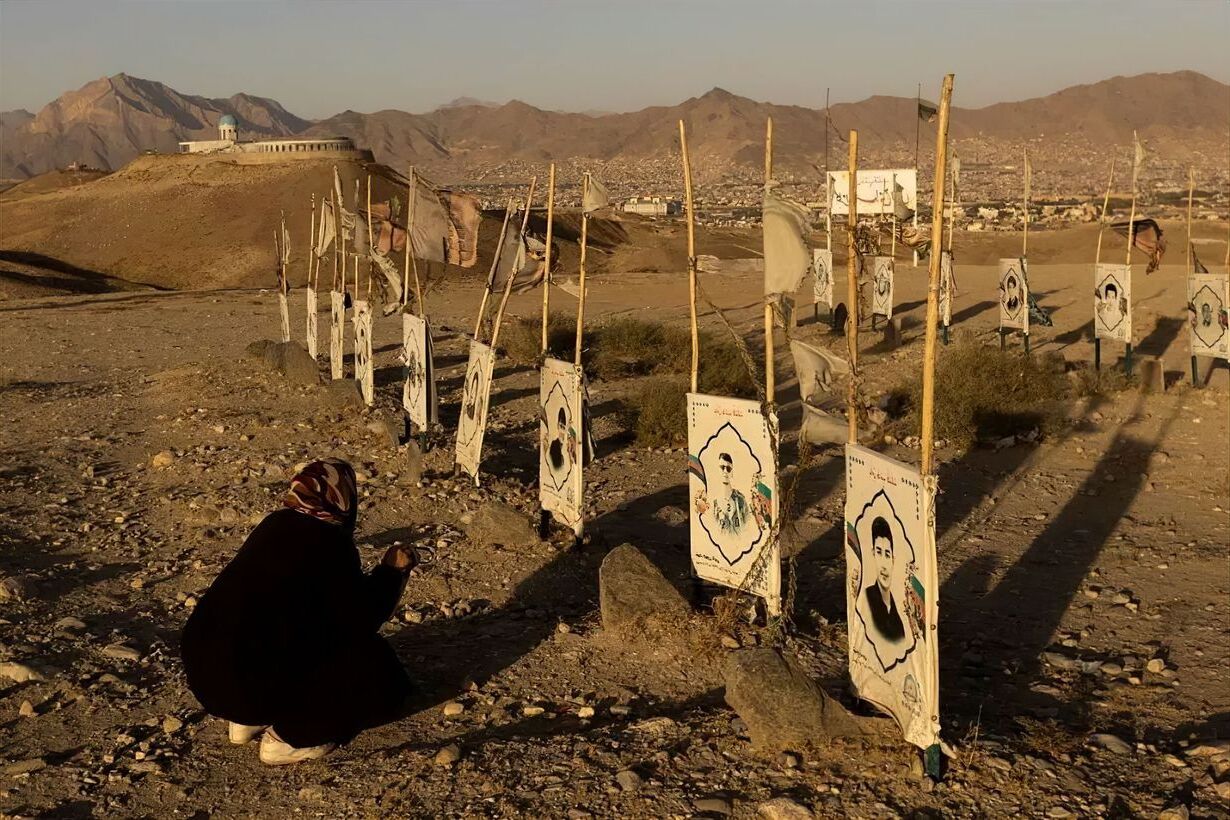
The 1888–1893 Uprisings of Hazaras were a series of significant revolts by the Hazara people against the Afghan government. These uprisings were driven by a mix of social, economic, and political grievances. The Hazaras, predominantly Shia Muslims, faced severe persecution and discrimination under the Sunni-dominated Afghan rule. Land confiscation, forced labor, and heavy taxation were among the many injustices they endured. The revolts were brutally suppressed, resulting in mass casualties and displacement. Despite the harsh consequences, these uprisings highlighted the resilience and determination of the Hazara community. Understanding these events provides crucial insights into the historical struggles and ongoing challenges faced by the Hazaras in Afghanistan.
Key Takeaways:
- The 1888–1893 uprisings of Hazaras were a series of revolts in Afghanistan driven by ethnic tensions, economic hardships, and political oppression, leading to lasting impacts on the Hazara community's autonomy and resilience.
- The uprisings led to widespread suffering for the Hazara people, but also sparked a legacy of resilience and activism, inspiring ongoing demands for justice and recognition within contemporary Afghanistan.
Background of the 1888–1893 Uprisings of Hazaras
The 1888–1893 uprisings of Hazaras were a series of revolts by the Hazara people in Afghanistan against the ruling government. These uprisings were driven by a combination of ethnic tensions, economic hardships, and political oppression.
- The Hazaras are an ethnic group primarily residing in the central highlands of Afghanistan, known as Hazarajat.
- The Hazaras are predominantly Shia Muslims, which has historically set them apart from the Sunni majority in Afghanistan.
- The uprisings were partly a response to the central government's attempts to impose taxes and conscription on the Hazara population.
- The Hazaras faced severe discrimination and were often treated as second-class citizens by the ruling Pashtun elite.
- The uprisings were led by various Hazara chieftains and local leaders who sought to resist the central government's control.
Key Events During the Uprisings
Several significant events marked the course of the uprisings, shaping the conflict and its outcomes.
- In 1888, the first major revolt began in the district of Behsud, where Hazara fighters clashed with government forces.
- The initial success of the Hazara fighters inspired other regions to join the rebellion, leading to a widespread uprising.
- The central government, led by Emir Abdur Rahman Khan, responded with a brutal military campaign to suppress the revolts.
- In 1891, the government forces captured the strategic town of Uruzgan, dealing a significant blow to the Hazara resistance.
- The fall of Uruzgan marked the beginning of a series of defeats for the Hazara fighters, who struggled to maintain their positions.
Impact on the Hazara Population
The uprisings had profound and lasting effects on the Hazara people, both during and after the conflict.
- The government forces employed scorched-earth tactics, destroying villages and crops to weaken the Hazara resistance.
- Thousands of Hazaras were killed during the conflict, with many more displaced from their homes.
- The central government forcibly relocated many Hazaras to other parts of Afghanistan, further dispersing the population.
- The Hazaras faced widespread famine and disease as a result of the destruction of their agricultural base.
- The uprisings led to a significant loss of land and resources for the Hazara community, exacerbating their economic hardships.
Long-term Consequences
The aftermath of the uprisings had long-term implications for the Hazara people and their place in Afghan society.
- The suppression of the uprisings solidified the central government's control over Hazarajat, reducing the autonomy of the Hazara people.
- The Hazaras were subjected to increased taxation and conscription, further straining their already limited resources.
- The conflict deepened the ethnic and sectarian divisions between the Hazaras and the ruling Pashtun elite.
- The Hazaras continued to face discrimination and marginalization in Afghan society for decades after the uprisings.
- The memory of the uprisings became a symbol of resistance and resilience for the Hazara community.
Modern Relevance
The legacy of the 1888–1893 uprisings continues to influence the Hazara people and their role in contemporary Afghanistan.
- The Hazaras have become more politically active in recent years, seeking greater representation and rights within the Afghan government.
- The historical grievances from the uprisings have fueled ongoing demands for justice and recognition of the Hazara people's suffering.
- The Hazaras have formed various political and social organizations to advocate for their rights and interests.
- The uprisings are commemorated by the Hazara community as a reminder of their struggle for survival and dignity.
- The legacy of the uprisings serves as a source of inspiration for the Hazara people in their ongoing quest for equality and justice.
Final Thoughts on the 1888–1893 Uprisings of Hazaras
The 1888–1893 Uprisings of Hazaras were a significant chapter in Afghan history. These events highlighted the resilience and determination of the Hazara people against oppression. The uprisings were marked by intense battles, significant loss of life, and a strong sense of community among the Hazaras. Despite facing overwhelming odds, they stood firm in their quest for justice and equality. This period also underscored the complex socio-political dynamics of Afghanistan, with various ethnic groups vying for power and recognition. Understanding these uprisings provides valuable insights into the historical struggles of the Hazaras and their enduring spirit. It’s a testament to their courage and a reminder of the importance of standing up against injustice. The legacy of these uprisings continues to influence the socio-political landscape of Afghanistan today.
Frequently Asked Questions
Was this page helpful?
Our commitment to delivering trustworthy and engaging content is at the heart of what we do. Each fact on our site is contributed by real users like you, bringing a wealth of diverse insights and information. To ensure the highest standards of accuracy and reliability, our dedicated editors meticulously review each submission. This process guarantees that the facts we share are not only fascinating but also credible. Trust in our commitment to quality and authenticity as you explore and learn with us.
